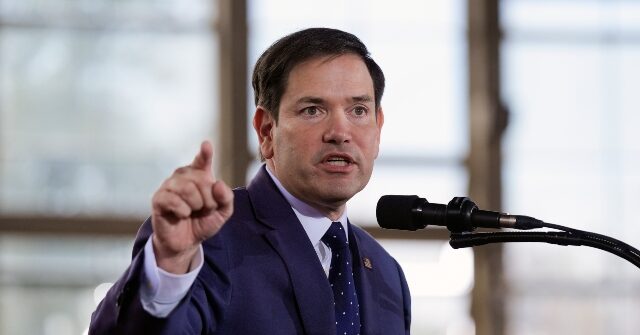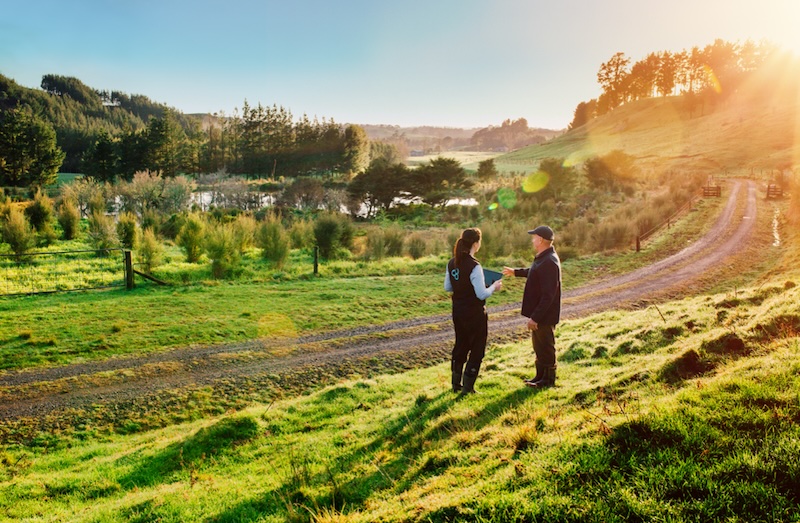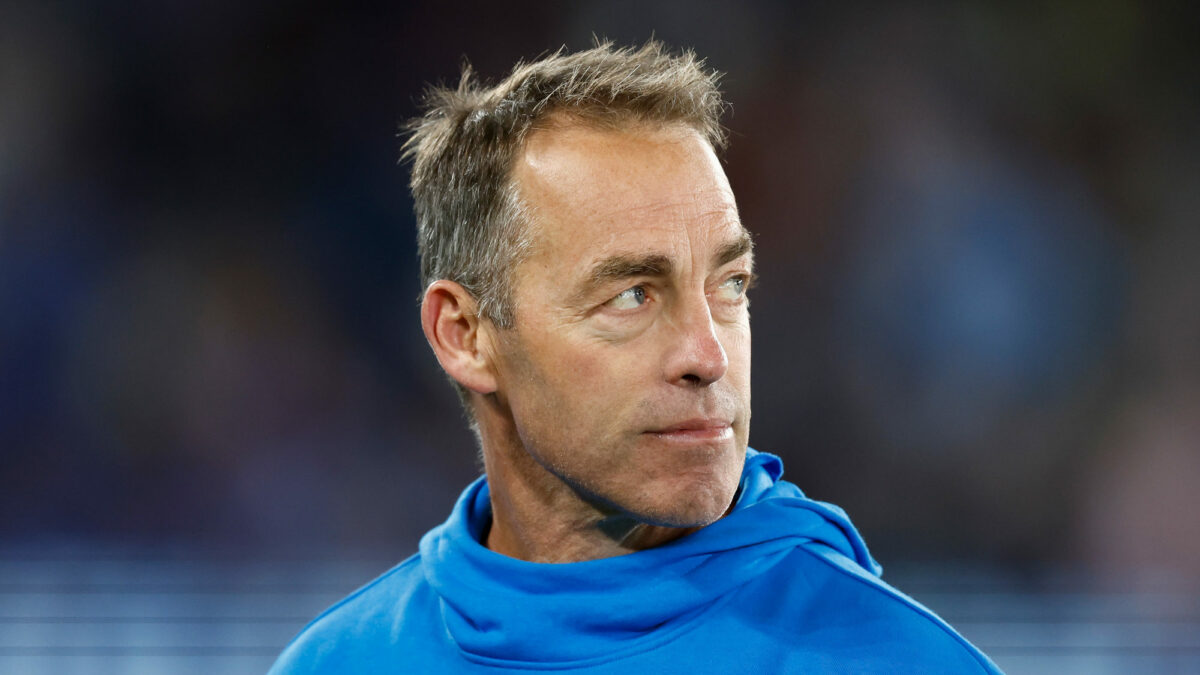Tempers ran high as the Timaru District mayor admitted a failure to communicate a major rate rises for a rural water scheme was a “massive stuff up”.
More than 30 people crammed into a room at the Geraldine Public Library on Friday hoping to get an explanation from council about the massive – and unexpected – surge in their water rates – up to 57% – on the Te Moana scheme.
Both mayor Nigel Bowen and the Timaru District Council’s infrastructure manager Andrew Dixon were grilled by scheme users on the costs of improvements, a lack of consultation and failures in communication, amid demands for accountability.
Bowen acknowledged the failure to communicate with users was “a massive stuff up”, and said a hike of that size should have been signalled to the governance team by staff and wasn’t.
READ MORE:
* Te Moana water scheme users ‘shocked’ by sharp cost increases
* Water for Waimate District’s Lower Waihao scheme to be trucked in until mid-2023
* Bleak report on South Canterbury drinking water
* Discoloured water could continue through holidays in Timaru
Scheme users were shocked to discover the 57% increase in their last rates bill, a hike some only became aware of when their scheduled payment was debited from their bank accounts.
Council and the Geraldine Community Board were flooded with calls in the wake of the rates demand, with Bowen and council’s chief executive Bede Carran called to the August board meeting to discuss the issue.
It was acknowledged there had been communication errors made in not signalling the increase, and a letter from Dixon and a brochure was sent to the around 700 properties on the scheme.
On Friday, Dixon told the crowd the upgrades were necessary following the 2016 Havelock North campylobacter outbreak which at least four people died and more than 6000 became ill after drinking water became contaminated with sheep faeces after heavy rain.
JOHN BISSET/Stuff
Timaru District mayor Nigel Bowen stands on a chair to address a meeting of nearly 40 people who turned out on Friday to hear from him and infrastructure manager Andrew Dixon about big rates rises to the Te Moana water scheme.
“We are legally bound to start bringing our water schemes up to compliance standard.”
“What we’ve done is we’ve basically built a whole new treatment plant, a new reservoir, and new intake, and the quality of the water that’s coming out is to the highest standard,” Dixon said.
Bowen told the crowd he recognised council had “dropped the ball.”
“You can throw blame wherever you want to, but we need to recognise that there is an issue.
“It’s something that we didn’t pick up as a governance group, because it wasn’t highlighted to us.
“This is not the only user charge that we are looking at the time, we’re looking at hundreds or hundreds of lines, so we’re expecting that information to come through … If we’d seen we saw 57%, I guarantee you we would have been coming and talking to you … but you can’t be alarmed if you don’t see the information.”
JOHN BISSET/Stuff
TDC infrastructure manager Andrew Dixon faced questions from Te Moana scheme users angry at the 57% cost spike they are facing after an upgrade of the plant and source.
Dixon said the set-up and capital cost of the new plant is about $3.7m with $800,000 of Central Government funding going towards the project.
Scheme user Sue Payne asked about the budget, which had increased $1.2m on earlier estimates.
“We’re potentially in catastrophe on catastrophe here. Three years ago you announced you were upgrading, but now, suddenly, we’re all being slammed with no warning.
“It’s not just one communication failure by TDC,” she said.
JOHN BISSET/Stuff
Part of the crowd at an impromptu community meeting in Geraldine on Friday. Te Moana water scheme users grilled Timaru District mayor Nigel Bowen and council infrastructure manager Andrew Dixon following a 57% increase in their water rates.
Residents also challenged the council on the overall cost, the method and source used in the upgrade, a lack of maintenance and concerns about the contractor used.
The user pays scheme was commissioned in the 1970s as a stock water scheme. It has around 700 connections, servicing a population of 1650.
When inconsistences in the numbers of connections to the scheme were raised, Bowen replied that he didn’t know.
Mark Worden said he appreciated he might not know the exact numbers.
“But really, you should, because that difference in numbers of customers potentially can add several hundred thousand a year in income.
JOHN BISSET/Stuff
Te Moana scheme user Neville Robertson, right, asks questions of Timaru District mayor Nigel Bowen and council staff at an occasionally fractious meeting at Geraldine on Friday.
“I think most people in this room are here because of money. They’re not denying we need to upgrade the water, I think they’re here because of money. And unless you can come back with comprehensive figures as to where you’re coming up with these numbers and this number that you want us all to pay, we’re not going to stop being aggrieved,” Worden said.
Others expressed frustrations at ongoing communication difficulties.
“I sent an email 10 days ago to yourself, Nigel and Bede, and I have had no reply, no acknowledgement the email went through. I’m really disappointed, because after all, you’re employed by me so I do expect some acknowledgement,” said Neville Robertson.
JOHN BISSET/Stuff
Te Moana water scheme users listen to questions to mayor Nigel Bowen and infrastructure manager Andrew Dixon (third from right).
Community board chair Wayne O’Donnell said, like a number of residents, he spent several thousand dollars on home filtration and UV treatment because of the high number of boil water notices.
He said there are a lot of questions that still need to be answered.
Bowen committed the new council returning to meet with scheme users after the election, and said he would expect there would be communications “picking up on some of the questions that have been raised.”
Tank charges have increased $299 from $527 to $826, and unit charges have gone up $142 per unit from $253 to $395.
New connections will now cost $6500 per tank connection and $8000 per unit.
According to the Ministry of Health’s Annual Report of Drinking Water Quality 2020 – 2021, the Te Moana scheme did not meet bacterial and protozoal standards, but complied with the Health Act and chemical standards.
Only five of the Timaru District Council’s 11 water supplies complied with all four standards – Geraldine, Hadlow, Peel Forest, Pleasant Point and Timaru city.
At the time, council spokesperson Stephen Doran said much of data was “out of date as the council has been continually upgrading its supplies.”
The next report is due in the second quarter of 2023.





















Discussion about this post